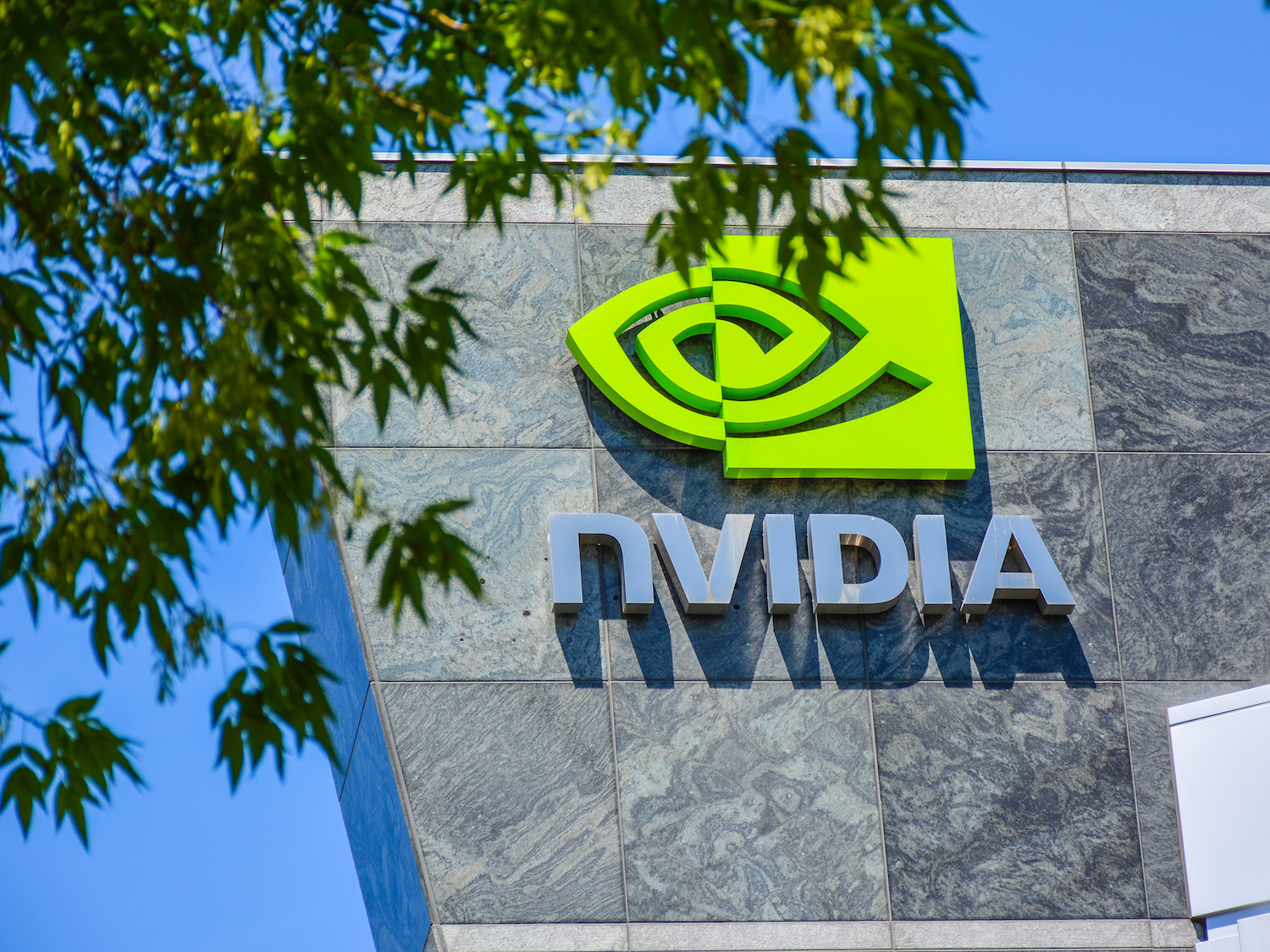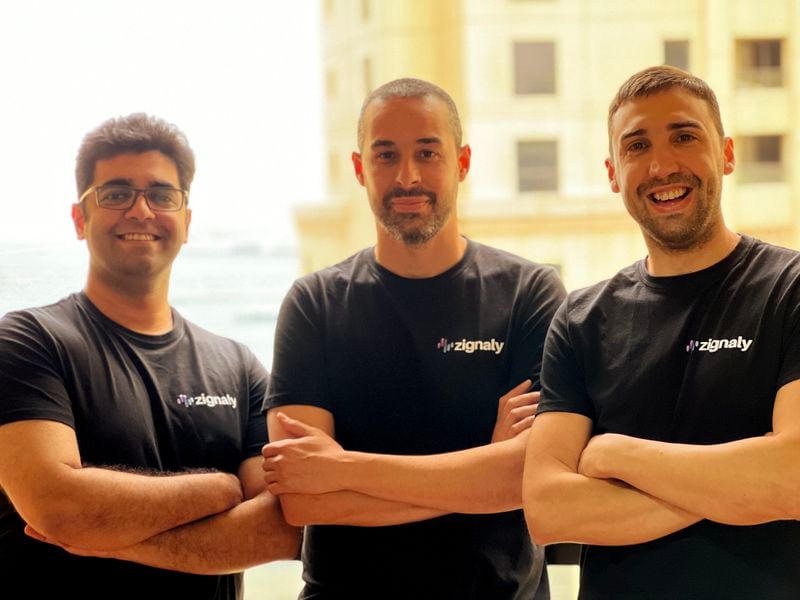Microsoft, Salesforce Join Hyperledger Enterprise Blockchain Consortium

Two of the world’s largest top-10 enterprise software companies by revenue have joined the Hyperledger blockchain consortium.
Microsoft and Salesforce are among the eight new members announced by Hyperledger Tuesday. The recruits also include Norilsk Nickel (Nornickel), a Russian metal company; Gloscad, a Polish tech company developing solutions for the agriculture industry; and Milligan Partners, a U.S.-based consulting firm focused on tech solutions for supply-chain management.
As members, these companies will pay dues based on their size to Hyperledger, an umbrella project for various business blockchains run by the Linux Foundation, and will build applications using the technology.
“Our relations with Microsoft and Salesforce go back a year, so it’s a nice culmination of it,” Hyperledger executive director Brian Behlendorf told CoinDesk, adding:
“Now it’s not an academic interest [for Hyperledger] from their side anymore, it’s something they want to take part in.”
Another three organizations have joined as associate members: China Academy of Information and Communications Technology (CAICT), a Chinese government think tank; the Ethereum Foundation, which supports the development of the world’s second-largest blockchain; and GS1, which develops standards for barcodes.
This category does not require payment of dues and includes non-profits, open-source projects and government entities. The Ethereum Foundation’s joining follows an alliance forged in October between Hyperledger and the Ethereum Enterprise Alliance, which develops standards for business applications built on private and public versions of that blockchain.
Behlendorf called the line-up of new members a promising sign for enterprise blockchain in general. While the cryptocurrency market has been through turbulent times (the boom of 2017 and crypto winter of 2018), “on the enterprise side, it wasn’t that dramatic,” Behlendorf said.
And although some have questioned if the enterprise blockchain space was going to finally get projects into production, the new batch of big names in the Hyperledger fold is “an indication that this space is still where a lot of value is expected,” according to Behlendorf.
“It doesn’t feel like winter over here,” he said.
Giants joining forces
Microsoft has been in the blockchain space for several years with a special focus on decentralized identity. The company is involved with standard-setting organizations in the identity space, the World Wide Web Consortium (W3C) and the Decentralized Identity Foundation (DIF), and recently released its open-source decentralized identity solution based on the bitcoin blockchain.
As for Hyperledger, Microsoft offers the consortium’s Fabric platform as a blockchain option on its cloud service Azure. Now, as part of the consortium, Microsoft will be joining its longtime rival and the company that contributed the Fabric enterprise platform to Hyperledger, IBM.
“Our journey in the blockchain ecosystem has brought us a long way, and now is the time for us to join the Hyperledger community,” Marley Gray, principal architect for blockchain engineering at Microsoft, said in Hyperledger’s press release.
Salesforce, an IT giant comparable to Microsoft, made its blockchain debut recently, announcing the Salesforce Blockchain, a product for building and maintaining blockchain networks based on Hyperledger Sawtooth. Salesforce also named three clients that are testing the product, the data research company IQVIA, the rating agency S&P Global and Arizona State University.
“We needed a technology that could be deeply customized with our Lightning Platform, and Hyperledger Sawtooth provided us with the robust flexibility to implement our customization,” Ramya Subramani, senior director for engineering at Salesforce Emerging Technology, told CoinDesk.
Metal-backed coin
Though perhaps not as familiar a name in tech circles as the other new Hyperledger members, Nornickel is the world’s largest producer of palladium and one of the leaders for nickel and copper. The company has been exploring the opportunities of blockchains for a while, working on a tokenization platform on Hyperledger Fabric, which is scheduled for launch until the end of 2019.
Nornickel is going to tokenize the volumes of the metals it’s producing, including the contractual volumes within existing industrial consumers. By doing that, the company has ambitions to introduce “new types of financial tools,” available to a wide range of investors, including retail, Nornickel said in the company’s press release.
“Hyperledger is our core technology,” Sergey Batekhin, senior vice president for sales, procurement, and innovation at Nornickel, said. “By joining Hyperledger, we plan to share our expertise and knowledge to improve blockchain technology. Our company has formed a considerable pool of ideas, concepts and initiatives that can be offered to other industry players.”
Brian Behlendorf noted that as a new member, Nornickel will connect Hyperledger to a wider pool of tech talent in Russia.
“Hyperledger is a global effort spanning many different industries, and our relationship with Norilsk Nickel not only brings us a greater developer and community presence in Russia, but also new use cases in major global industries,” he said.
According to Emily Fisher, a spokesperson for the Linux Foundation, with the new participants, Hyperledger now has 270 members. Some of them recently went into production, like the IBM Food Trust, the global tracking system for produce with giants like Carrefour, Walmart, Nestle, and Unilever aboard.
Brian Behlendorf image via Evan Engel for CoinDesk









